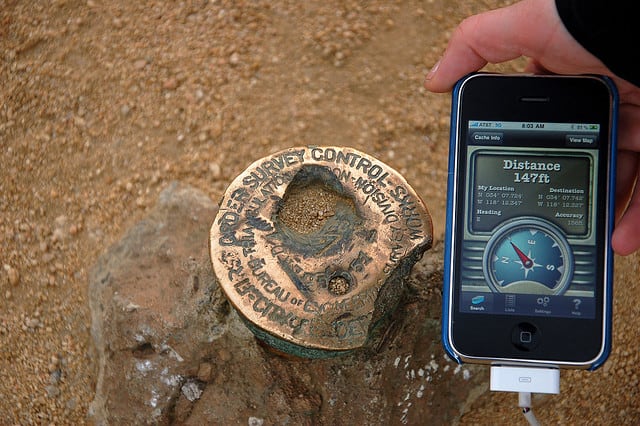
Benchmarking is an improvement process in which a company measures its current methods and performance, comparing them against a standard (ex ISO 9001), then measuring against world-class performers/best-in-class companies. Once the comparisons are complete, you combine the best of your process and theirs to create the best possible performance. The standard may be competitors, but benchmarking usually occurs in unrelated business segments.
Of course, you do not publicly compare your process measures against others. You could also define benchmarking as measuring your company against a standard (even though the process includes measuring against others.)
A company might want to benchmark another if they both do similar things (i.e., make vehicles) but are not competing in the same markets. Ex: John Deere might want to benchmark the best practices of General Motors because they are not competing in the same market, yet both manufacture vehicles.
Additionally, benefits include learning from other organizations’ mistakes.
4 Types of Benchmarking
Benchmarking comes in four varieties:
- Strategic – How companies compete. By and large, they are seldom industry-focused.
- Project – Easiest, as it has the most opportunities because new product introduction, construction, or new services are common across most companies. Ex: project management techniques.
- Performance – Assessing competitive positions compared to the benchmark. Focus on price or quality.
- Process – The actual work or operating systems. Ex: Customer Complaints. Correspondingly, identify the most effective operating practices.
The Benchmarking Sequence
- Firstly, determine current practices
- Select the problem area
- Identify key performance indicators
- Understand how your process works and then how other groups’ processes work
- Select performance criteria based on priorities
- Secondly, identify best practices
- Measure performance
- Determine a world-class leader
- Find an external partner
- Thirdly, analyze best practices
- Visit
- Collect information & data
- Evaluate & compare
- Fourthly, create a model
- Make significant changes to improve current practices
- Finally, repeat as needed
Dangers of Benchmarking
- Not establishing a competitive advantage for your company because of poor follow-up.
- Duplicating errors of the company you are benchmarking against, so be sure to avoid this.
- Institutional lack of innovation within an industry due to using the same benchmark.
Six Sigma Black Belt Certification Benchmarking Questions:
Question: Benchmarking is difficult to perform on processes that…(Taken from ASQ sample Black Belt exam.)
(A) can be identified and researched easily.
(B) are practiced in many different industries.
(C) have a major impact on the success of the business.
(D) have not been documented.
Answer:
D: Options A and B are definitions of what generally makes it easy to benchmark a process. Option C could also have an impact. If a company sees its process as its ‘special sauce’, it may not be so willing to allow you to benchmark against it. But if a process has not been documented, then there is no way you can benchmark it–you don’t know what it is!

Comments (3)
I find this to be very useful explanation for it makes it easy for me to understand , well done and huge thank you .
Glad it helps!
Hi Ted, the YouTube video in this section is no longer available publicly. It is showing “This video is private” sign.